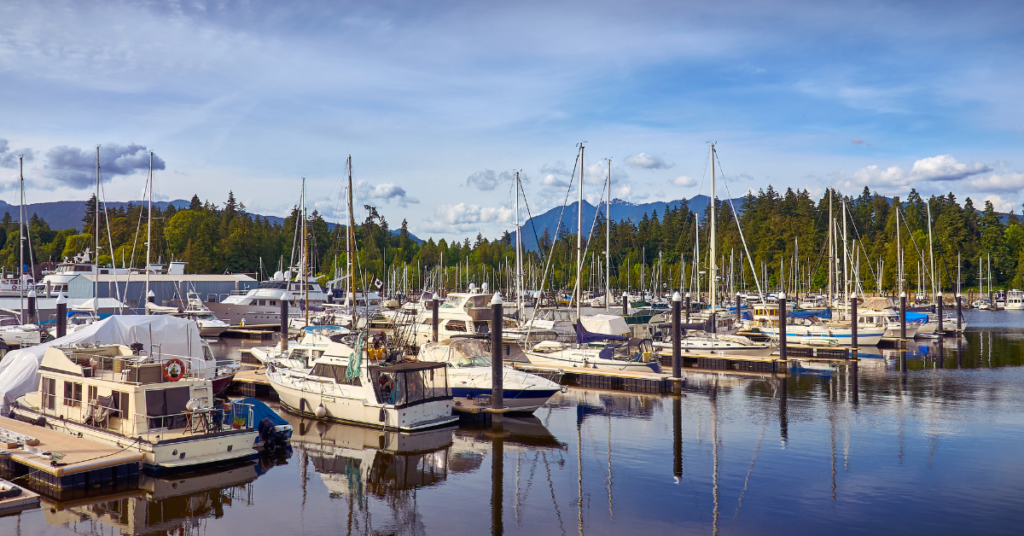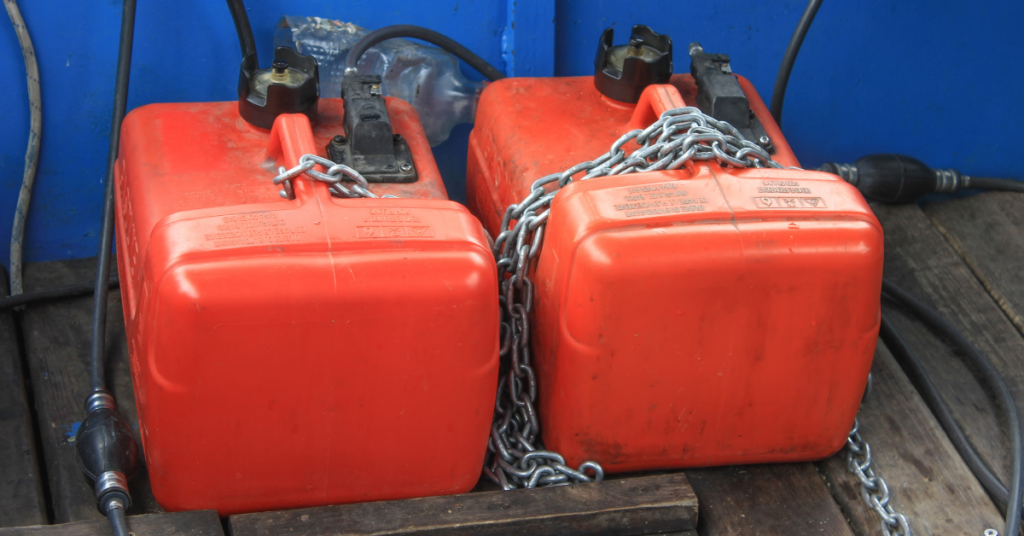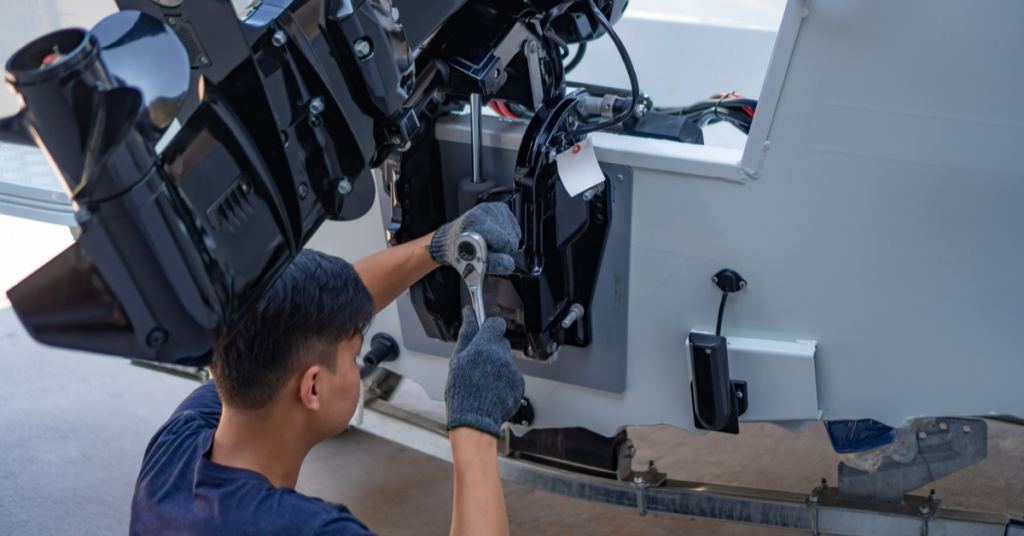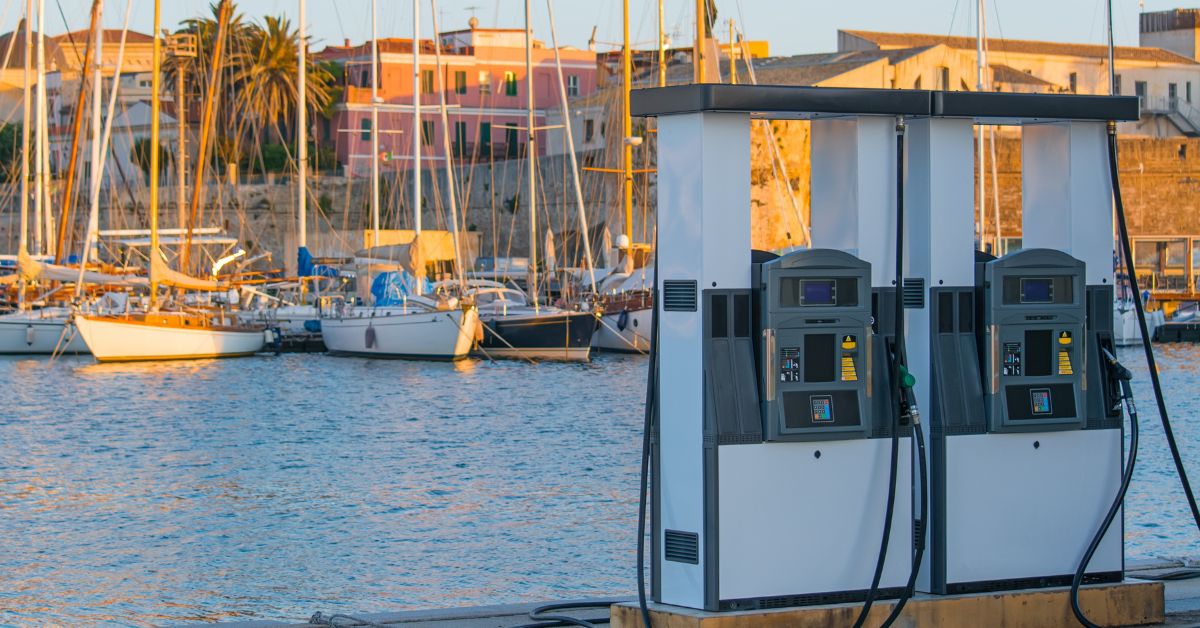Stolen Boats Canada has released a list of safe fueling procedures. Please find them below.
1. Moor your boat securely to prevent spillage.

2. Shut off all engines.
3. Send all guests ashore.
4. Extinguish all open flames.
5. Do not smoke while refueling.
6. Turn off electrical switches, power supplies and avoid using electrical devices such as portable radios.
7. Close all windows, portholes, hatches and cabin doors.
8. Portable tanks must come ashore before refueling.


9. Verify that you have the correct fuel nozzle and you are filling the correct deck fill prior to dispensing fuel.
10. Ensure the fuel nozzle fits into the deck fitting – if it is too big, ask to be moved to a lower-speed dispenser.
11. Know your fuel system – some marine fuel dispensers are fast and may exceed your boat’s capacity – if unsure, use the slower-speed dispenser (if available).
12. Ground the nozzle against the filler pipe.
13. Know the capacity of the fuel tank. Do not overfill it. You have a duty to prevent spillage of fuel into the hull or water
14. Wipe up spillage and properly dispose of the cloth or towel used.
15. Operate the engine compartment blower for at least four minutes immediately before starting the gasoline engine.


16. Check for vapours from the engine compartment before starting up the engine.
For additional information from Stolen Boats Canada please visit https://www.stolenboats.ca/
Following these safe fueling procedures is crucial for the well-being of your vessel, its passengers, and the environment. However, despite your best precautions, unforeseen incidents can occur. Having robust insurance coverage is a prudent way to mitigate these risks. For comprehensive protection that is tailored to your unique boating needs, consider our Marine Insurance options. This coverage ensures peace of mind, allowing you to focus on what matters most: enjoying your time on the water. Contact us today to learn more about our marine insurance policies and how we can help safeguard your boating experiences.

